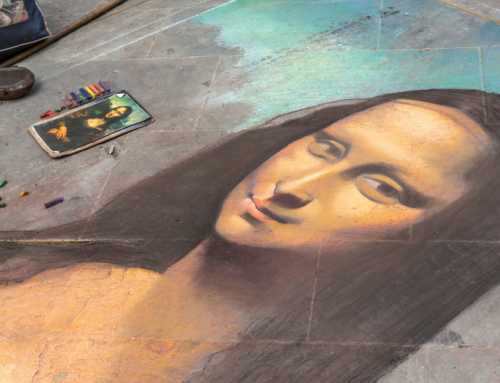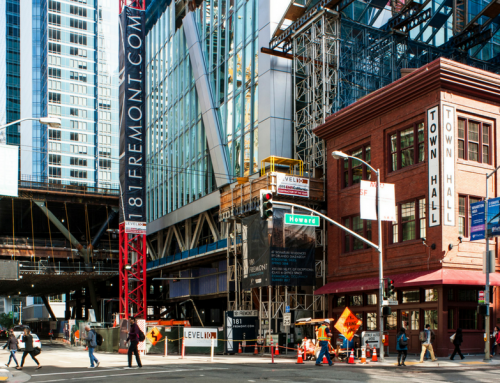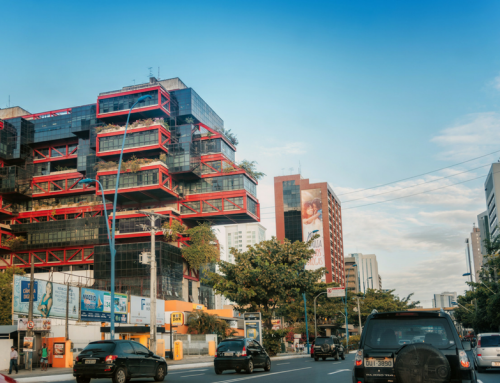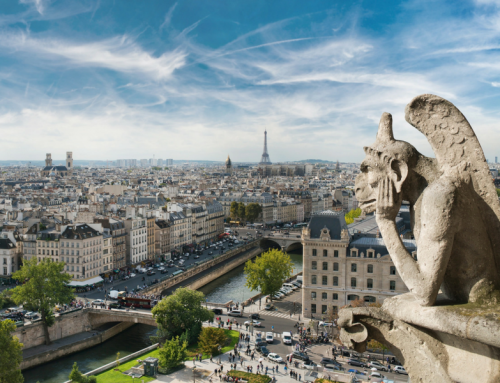The very structure of Apple Park fosters work and collaboration among thousands of employees.
At the beginning of his new book Thank You for Being Late, Thomas Friedman interviews venture capitalist John Doerr, who recalls the day a decade ago when his friend and neighbor Steve Jobs showed him the very first iPhone. They were watching a soccer match Jobs’ daughter was playing in near their homes in Palo Alto.
“Steve reached into the top pocket of his jeans and pulled out the first iPhone,” Doerr remembers. “He said, ‘John, this device nearly broke the company. It is the hardest thing we’ve ever done.’ So I asked for the specs. He said that it had five radios in different bands, it had so much processing power, so much RAM, and so many gigabits of flash memory. I had never heard of so much flash memory in such a small device. He also said it had no buttons—it would use software to do everything—and that in one device we will have the world’s best media player, the world’s best telephone, and the world’s best way to get to the web.”
As his health was failing, Jobs was devoted to one last project above all others: the design and construction of his company’s new headquarters in Cupertino, California.
Apple Park, as it’s now known, has been under construction for eight years. It is ring-shaped, one mile in circumference, and looks like the most massive, sleek spaceship you’ve ever seen landed in a lush green landscape.
Back in 2011, Jobs attended a Cupertino City Council meeting to discuss his plans for Apple Park and headquarters.
“Jobs told the council his company had grown like a weed,” writes WIRED. “His workforce had increased significantly over a decade, coming to fill more than 100 buildings as workers created one blockbuster product after another. To consolidate his employees, he wanted to create a new campus, a verdant landscape where the border between nature and building would be blurred. Unlike other corporate campuses, this would feature as its centerpiece a master structure, shaped like a circle, that would hold 12,000 employees.”
Through this new structure, “Jobs was planning the future of Apple itself—and the future beyond him and, ultimately, beyond any of us.”
As WIRED’s reporter embarks on a Jeep tour of the park’s grounds and 2.8 million square feet, he writes, “I felt a bit like one of the passengers on the first ride into Jurassic Park.”
“Big numbers, however, like 2.8 million square feet, aren’t the point,” says Apple’s head of design Jonathan Ive. “What’s important is that the building will facilitate connection and collaboration among Apple’s thousands of employees.”
“It’s frustrating to talk about this building in terms of absurd, large numbers,” Ive said. “It makes for an impressive statistic, but you don’t live in an impressive statistic. While it is a technical marvel to make glass at this scale, that’s not the achievement. The achievement is to make a building where so many people can connect and collaborate and walk and talk.”
Ive recalls discussing with Jobs plans for a new headquarters around 2004 on a trip to London, where they often traveled together and spent time in the green spaces of Hyde Park.
“We began talking about a campus where your primary sense was that you were in parkland, with many elements that were almost collegiate—where the connection between what was built and a parkland was immediate, no matter where you were.”
The architect Norman Foster said that Jobs’ idea for the ring-shaped structure’s central green space came from the quad at Stanford, “where low-slung academic buildings, arranged around large, leafy outdoor areas and designed with open-air pathways where one can walk along the structures’ edges, offer the sensation of being both inside and out.” It would be a workplace “where people were open to each other and open to nature, and the key to that would be modular sections, known as pods, for work or collaboration.”
Modular construction, used to build those pods, is yet another technological feat of the AEC industry. In another article, we’ll discuss modular construction with Clark Pacific, the engineering and building firm that designed and built Apple’s pods.






